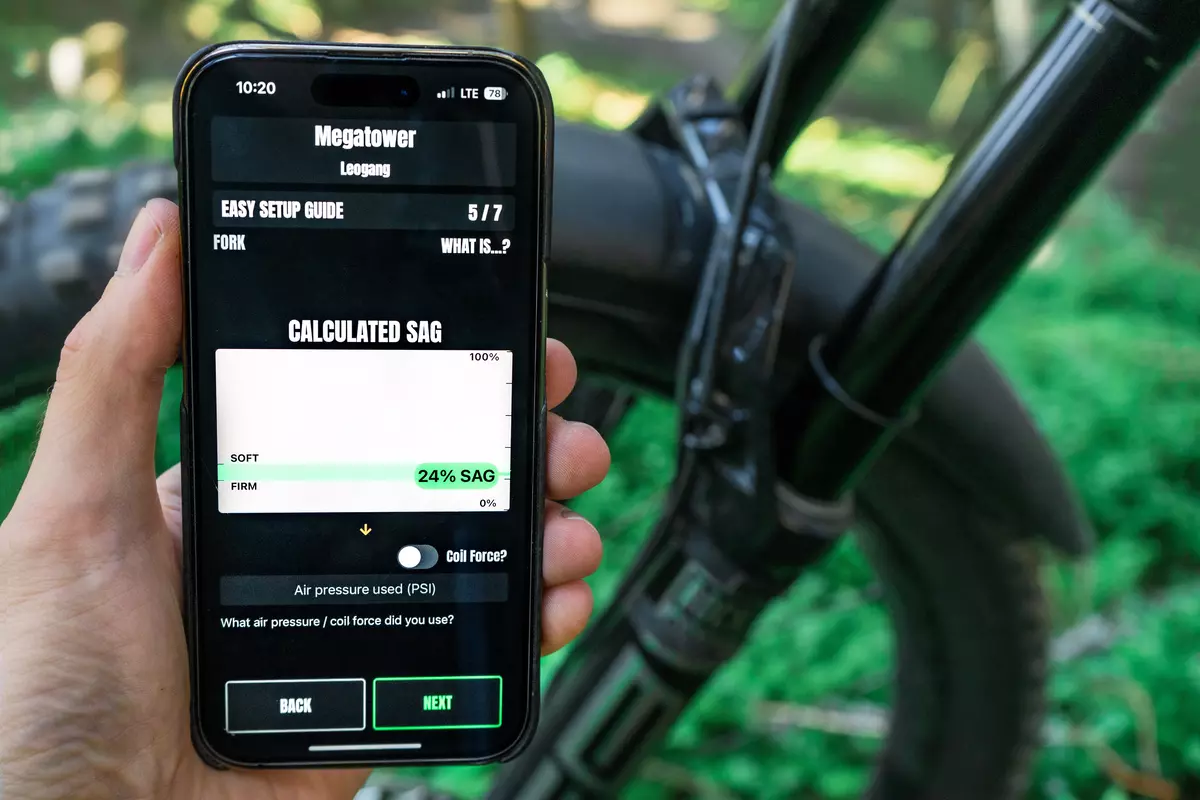
SAG ADJUSTMENT MISTAKES TO AVOID
SAG ADJUSTMENT MISTAKES TO AVOID
Setting the SAG on your mountain bike is a crucial step in ensuring a comfortable and efficient ride. SAG refers to the amount your suspension compresses when you sit on your bike, and it plays a significant role in determining your bike’s performance and handling. While it might seem like a straightforward task, there are common mistakes that riders make when doing SAG adjustment. In this blog post, we’ll explore these mistakes and provide tips on how to avoid them.
Neglecting the Manufacturer’s Recommendations when doing SAG adjustment
One of the most common mistakes riders make when setting SAG is ignoring the manufacturer’s recommendations. Every mountain bike is unique, and the manufacturer provides guidelines for the ideal SAG adjustment settings for your specific model. Be sure to consult your bike’s manual or the manufacturer’s website to find the recommended SAG percentage for your front and rear suspension. Neglecting these recommendations can lead to poor performance and discomfort on the trails.
Using Incorrect Tools
Setting SAG requires precise measurements, and using the wrong tools can lead to inaccurate results. Avoid using a tape measure or other makeshift tools and invest in a high-quality suspension pump with a pressure gauge. This will ensure that you can accurately measure and adjust the air pressure in your suspension to achieve the desired SAG.
SAG adjustment and Ignoring Rider Weight and Style
Your weight and riding style have a significant impact on the amount of SAG you should set. Many riders make the mistake of assuming a one-size-fits-all approach to SAG adjustment. However, a lighter rider may require less SAG, while a heavier rider may need more. Additionally, aggressive riders who tackle challenging terrain may prefer a slightly firmer suspension setup to maintain control and responsiveness. Consider your own weight and riding style when doing SAG adjustment to optimize your bike’s performance.
Failing to Check and Adjust Regularly
SAG is not a one-and-done setting. It can change over time due to temperature fluctuations and other factors. Failing to check and adjust your SAG regularly can lead to suboptimal performance. Make it a habit to check your sag before each ride and make adjustments as needed. This will help maintain a consistent and comfortable ride on the trails.
Overlooking Front and Rear Balance
Your bike’s front and rear suspension should work in harmony to provide the best possible handling. Some riders make the mistake of setting SAG independently for the front and rear suspension without considering how they interact. It’s essential to maintain the balance between front and rear SAG. If your front suspension is too soft compared to the rear, it can affect your bike’s handling and stability.
Neglecting Rider Preferences
Finally, another common mistake is ignoring rider preferences when setting SAG. While manufacturer recommendations and general guidelines are helpful, it’s crucial to consider your personal comfort and performance preferences. Experiment with your SAG settings to find the right balance that suits your riding style, terrain, and comfort level.
Doing SAG adjustment on your mountain bike is a critical step in ensuring a comfortable and enjoyable riding experience. By avoiding these common mistakes, you can optimize your bike’s performance, enhance your comfort, and enjoy better control on the trails. Remember to consult your bike’s manual, invest in the right tools, consider your weight and riding style, regularly check and adjust SAG, maintain front and rear balance, and prioritize your own preferences. By doing so, you’ll be well on your way to a smoother, more enjoyable ride. Do not forget to download SAGLY. SAGLY is a complete mobile guide which helps you with your mountain bike settings and maintenance.
Download SAGLY, a complete mobile guide, which helps you set up your MTB settings and maintain your bike.

